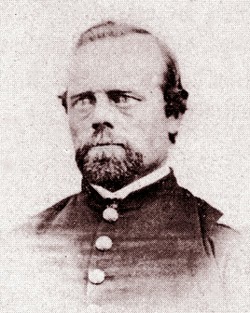Miss Anna Jaques, 1800–1885 was born in the town of Newbury on May 8, 1800, the daughter of Enoch and Joanna (Plumer) Jaques. She was one of four children and she never married.
Joanna Plummer d. of Mark Plummer and Joanna Willet.
Enoch s. of Joseph Jaques and Martha Brown
The Plummer system of genealogical enumeration : lineage of Mr. Francis Plumer, Newbury, Massachusetts, 1635and The Jaques Genealogy From History of Newburyport, Mass: 1764-1905, Volume 1 By John James Currier March 4, 1883, Miss Anna Jaques of Newbury gave to Dr. Francis A. Howe and William H. Swasey, Esq., bonds having a par value of twenty-five thousand dollars, in trust, for the purpose of establishing a hospital for the care of sick and disabled persons living in the city of Newburyport and in the towns of Newbury, West Newbury, Amesbury and Salisbury. These bonds with the premium and accrued interest amounted to nearly twenty-nine thousand dollars.' See Anna Jaques Hospital Land on the corner of Broad and Munroe streets, extending to Tyng street, was purchased and during the following summer the three-story dwelling house standing thereon was repaired and converted into a comfortable and convenient hospital.
March 20, 1884, the Anna Jaques Hospital Association was incorporated. Dr. Francis A. Howe was elected president, William H. Swasey, treasurer, Benjamin Hale, clerk; and the above-named officers, with Elisha P. Dodge, and Albert P. Sawyer of Newburyport, Nathaniel Dole of Newbury, E. R. Sibley of Salisbury, Dr. J. A. Douglass of Amesbury and Charles W. Ordway of West Newbury, were elected trustees.
The hospital was opened for public inspection April 16, 1884. The first patient was admitted on the seventh day of May following. Since that date it has been maintained by gifts received from private individuals, contributions from churches, and an annual collection made by the Hospital Aid association.



















.jpg)




.jpg)
.jpg)






















.jpg)
.jpg)
.jpg)
.jpg)
.jpg)
.jpg)
.jpg)